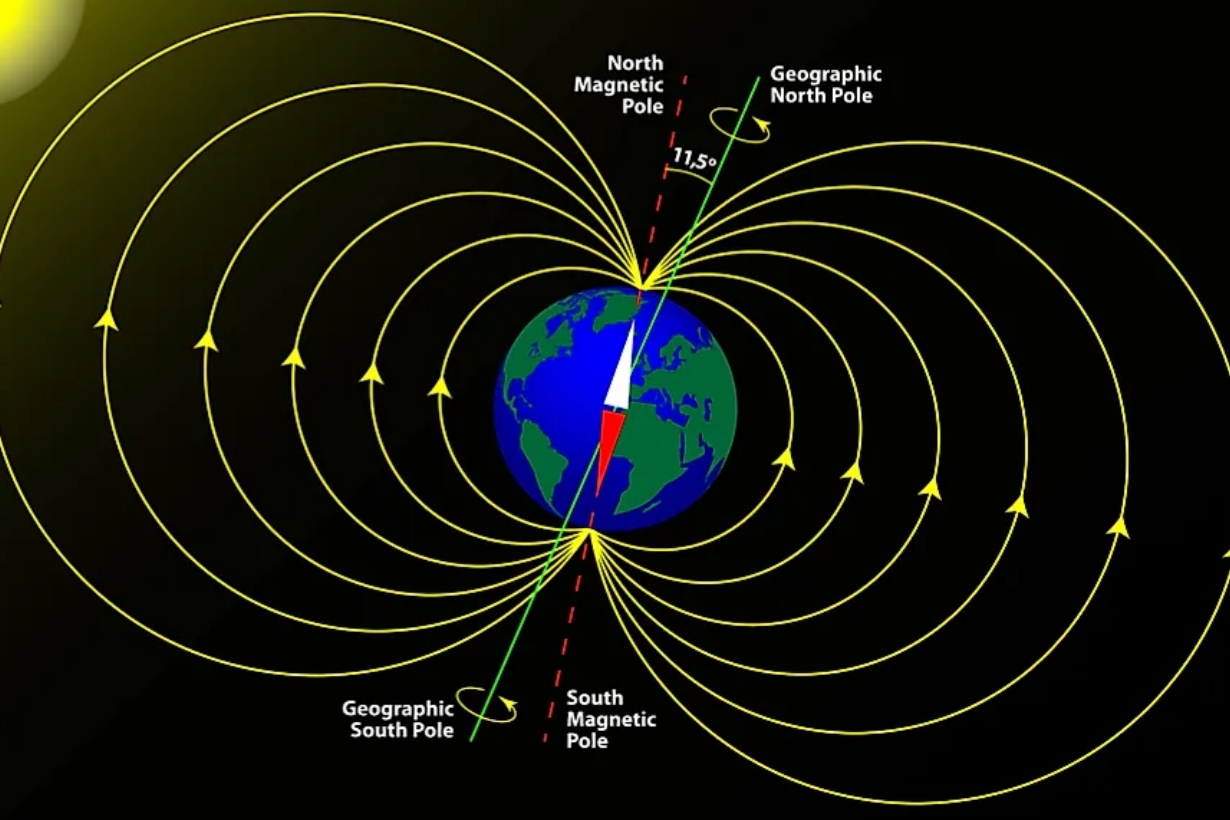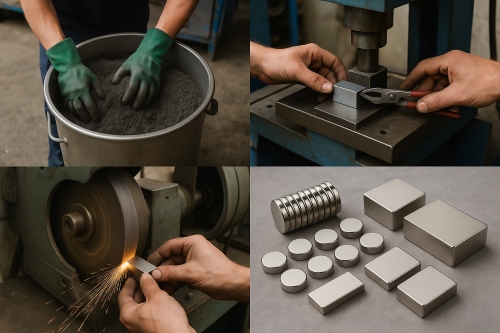Uses of Magnets: The Magic of Magnetic Therapy
Introduction
Magnets have fascinated humans for centuries, with their invisible forces and numerous applications. From industrial uses to household gadgets, magnets play a crucial role in our daily lives. Among the uses of magnets, magnetic therapy has emerged as a popular alternative treatment for various health conditions. This article explores its concept, functioning, benefits, and safety considerations.

What Is Magnetic Therapy?
Magnetic therapy, also known as magnetotherapy, involves using static magnets or electromagnetic fields to alleviate pain and promote healing. This practice dates back thousands of years, with ancient civilizations like the Greeks, Egyptians, and Chinese using magnets for their supposed healing properties. In modern times, such therapy has gained traction as a complementary medicine, with proponents claiming it can treat a range of ailments from chronic pain to anxiety.
There are several types. Static magnetic therapy involves placing magnets directly on the skin using bracelets, insoles, or patches. Electromagnetic therapy, on the other hand, uses electrically charged devices to create a magnetic field. Both methods aim to harness the therapeutic potential of magnetic fields to improve health outcomes.
Further reading: The Role of Magnets in the Medical Field
How Does Magnetic Therapy Function?
The principles behind magnetic therapy are based on the interaction between magnetic fields and the body's electromagnetic fields. The human body naturally produces electromagnetic impulses, particularly in nerve and muscle cells. Proponents of magnetic therapy believe that external magnetic fields can influence these natural processes.
When magnets are applied to the body, they are thought to attract and repel charged particles in the bloodstream, thereby increasing blood flow and oxygen delivery to tissues. This improved circulation can enhance the body’s natural healing processes, reduce inflammation, and alleviate pain.
Furthermore, magnetic fields are believed to influence the movement of ions within cells. This can alter cellular functions, potentially reducing the production of pro-inflammatory molecules and promoting tissue repair. Although the exact mechanisms are still a subject of research and debate, these principles form the foundation of magnetic therapy’s claimed benefits.
How Does Magnetic Therapy Help?
The magic therapy is touted for its potential to provide relief and promote healing in various ways:
- Pain Relief: One of the most common uses of magnets in therapy is for pain relief. Static magnets are often applied to the body in the form of bracelets, insoles, or patches. The magnetic fields are thought to stimulate blood flow and reduce inflammation, which can help alleviate pain, particularly in conditions such as arthritis, fibromyalgia, and chronic back pain. By enhancing circulation and reducing inflammation, the therapy may offer a non-invasive option for managing chronic pain.
- Improved Circulation: The use of magnets in therapy is believed to enhance blood circulation. Magnets are said to attract and repel charged particles in the bloodstream, increasing blood flow and oxygen delivery to tissues. This improved circulation can help accelerate the healing process and reduce symptoms associated with poor blood flow, such as muscle cramps and fatigue. Enhanced circulation is particularly beneficial for individuals with circulatory issues or those recovering from injuries.
- Reduction of Inflammation: Inflammation is a natural response to injury or infection, but chronic inflammation can lead to various health issues. Magnets are thought to reduce inflammation by influencing the movement of ions and reducing the production of pro-inflammatory molecules. This can be particularly beneficial for conditions like rheumatoid arthritis and sports injuries. By mitigating inflammation, uses of magnets in therapy may support overall health and well-being.
- Stress and Anxiety Relief: It is also used for its potential calming effects. By influencing the body's electromagnetic fields, magnets are believed to promote relaxation and reduce stress and anxiety levels. This can be achieved through the use of magnetic bracelets, necklaces, or even magnetic pillows and mattresses. For those struggling with stress and anxiety, the therapy may offer a soothing alternative treatment.
- Enhanced Athletic Performance: Athletes have been known to use magnetic therapy to improve their performance and recovery. The increased blood flow and reduced inflammation associated with magnetic therapy can help muscles recover more quickly after intense physical activity, reducing downtime and enhancing overall performance. This application is particularly popular among professional athletes seeking natural ways to boost their performance and expedite recovery.
- Wound Healing: Magnets have been used to promote wound healing by increasing blood flow to the affected area and reducing inflammation. This use of magnets in therapy can help accelerate the healing process for cuts, bruises, and other minor injuries. By facilitating faster recovery, magnetic therapy may aid in the treatment of various wounds and injuries.
Is Magnetic Therapy Safe?
Safety is a crucial consideration when exploring any form of alternative therapy. Magnetic therapy is generally considered safe for most people when used appropriately. However, there are some potential side effects and precautions to keep in mind.
Possible side effects include dizziness, nausea, and skin irritation at the site of magnet application. It is important to use magnets as directed and to avoid placing them directly over open wounds or sensitive areas.
Certain individuals should avoid magnetic therapy altogether. This includes people with pacemakers or other implanted medical devices, as the magnetic fields can interfere with these devices. Pregnant women and individuals with certain health conditions should consult their healthcare provider before starting magnetic therapy.
Research on the efficacy and safety of magnetic therapy is ongoing. While some studies suggest potential benefits, more rigorous scientific research is needed to fully understand its mechanisms and effectiveness.
Conclusion
Magnetic therapy represents a fascinating intersection of ancient healing practices and modern scientific inquiry. While its effectiveness is still under investigation, many people have reported positive results from using magnets to manage pain, improve circulation, and reduce inflammation.
As with any treatment, it is important to consult with a healthcare provider before starting the therapy, particularly if you have underlying health conditions or are using other medical devices. With further research and a better understanding of its mechanisms, magnetic therapy may continue to offer promising benefits in the realm of alternative medicine. For more information, please check Stanford Magnets.















